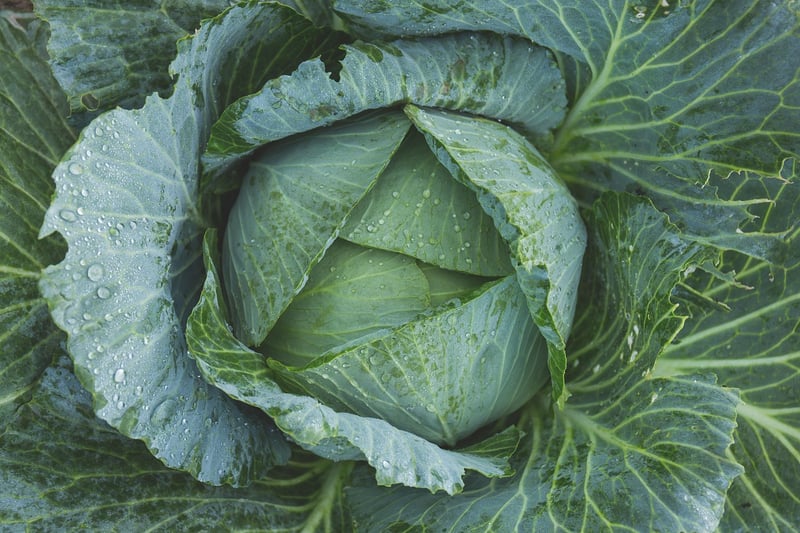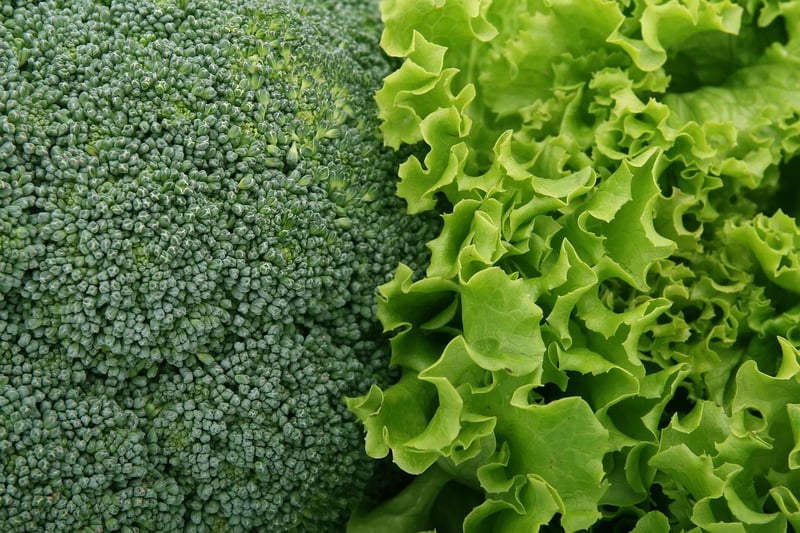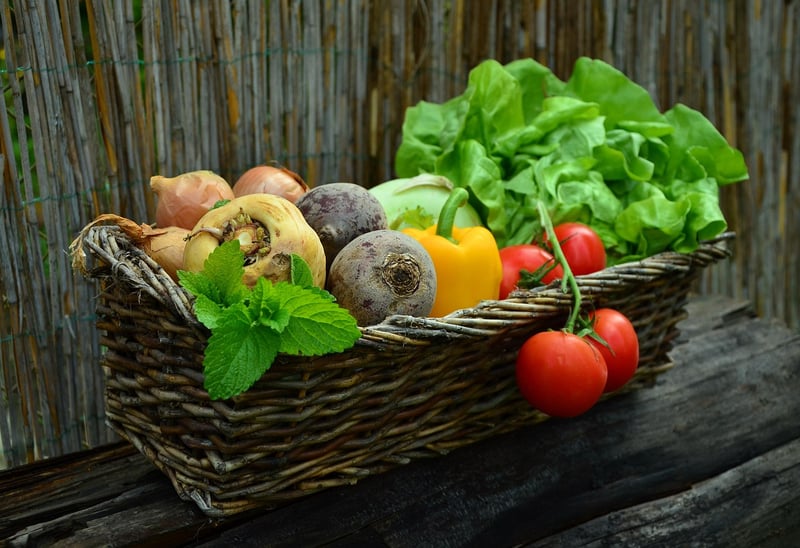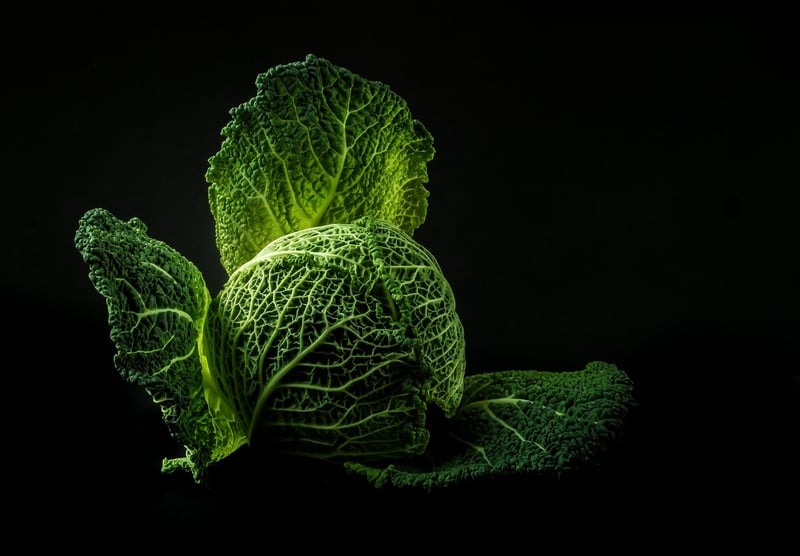Vegetables
Exploring Different Plant Types: Vegetables
Plants are a diverse group of living organisms that play a crucial role in our ecosystem. One fascinating category of plants is vegetables, which not only provide us with essential nutrients but also add flavor and variety to our diets. Let's delve into the world of vegetables and explore some popular types:
1. Root Vegetables
Root vegetables, as the name suggests, are plants where the edible part grows underground. Examples include carrots, potatoes, beets, and radishes. These vegetables are rich in vitamins, minerals, and fiber, making them a healthy choice for any meal.

2. Leafy Greens
Leafy greens are another essential category of vegetables known for their high nutrient content. Spinach, kale, lettuce, and Swiss chard are popular leafy greens packed with vitamins A, C, and K, as well as antioxidants.

3. Cruciferous Vegetables
Cruciferous vegetables belong to the Brassicaceae family and include broccoli, cauliflower, Brussels sprouts, and cabbage. These vegetables are known for their cancer-fighting properties and are rich in fiber and vitamins.

4. Allium Vegetables
Allium vegetables, such as onions, garlic, leeks, and shallots, add flavor to dishes while providing numerous health benefits. They contain sulfur compounds that have antioxidant and anti-inflammatory properties.

5. Nightshade Vegetables
Nightshade vegetables include tomatoes, bell peppers, eggplants, and potatoes. While some people may have sensitivities to these vegetables, they are a good source of vitamins, minerals, and antioxidants for many.

Vegetables come in various shapes, sizes, and colors, each offering a unique set of nutrients and health benefits. Incorporating a variety of vegetables into your diet ensures a well-rounded intake of essential vitamins and minerals. So, next time you're at the market, be sure to pick up a colorful assortment of vegetables to nourish your body and tantalize your taste buds!
